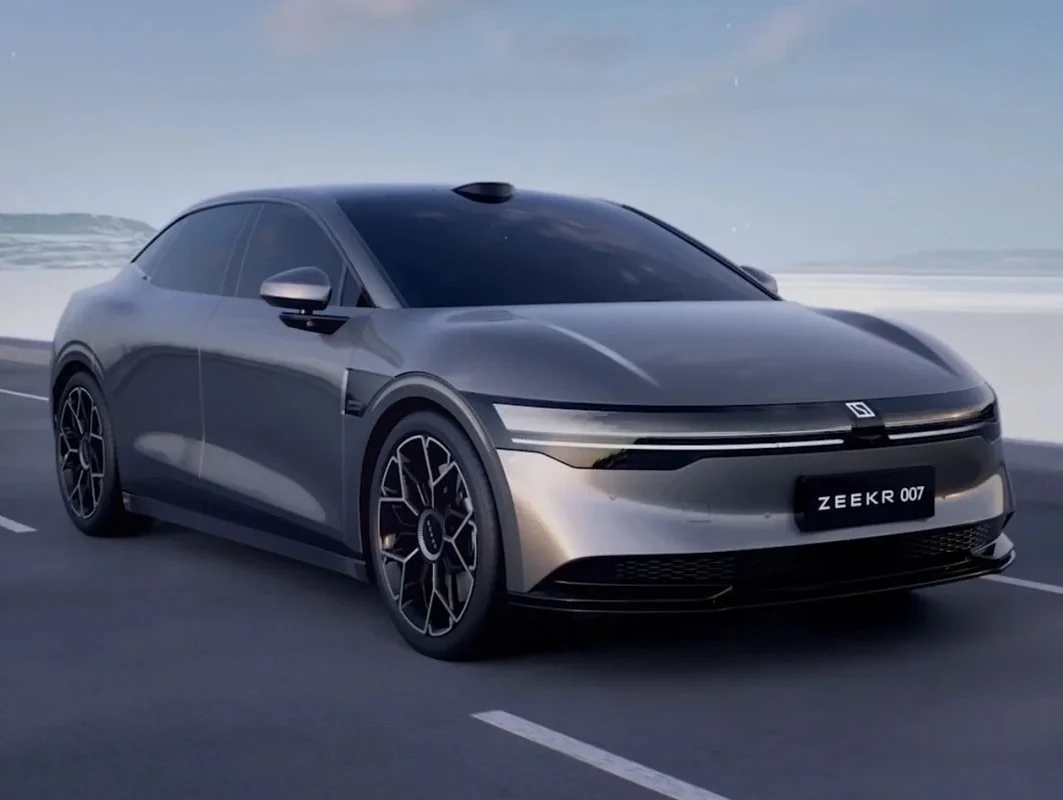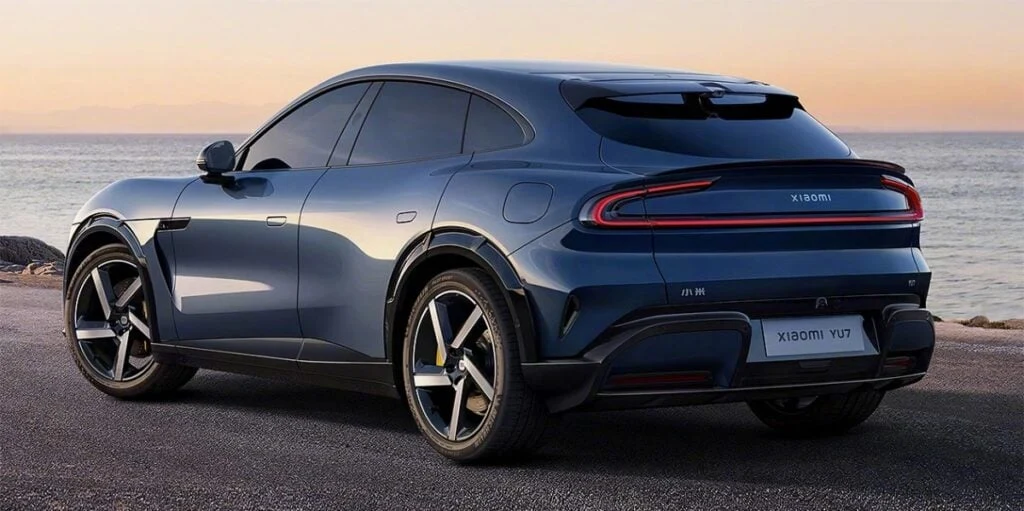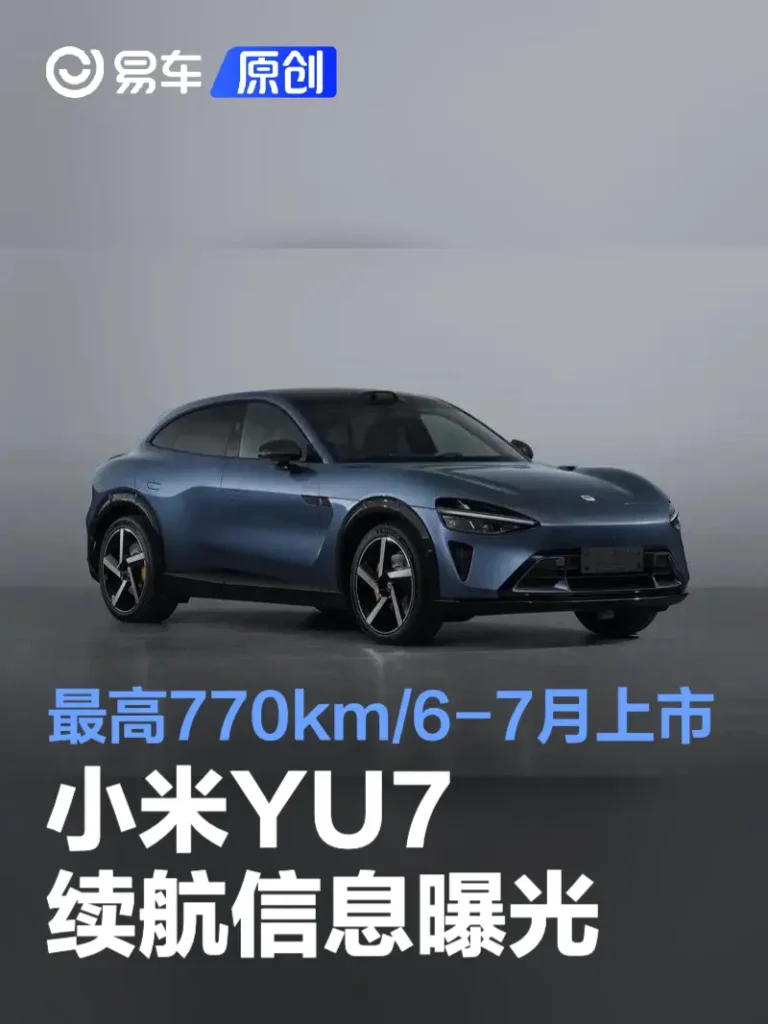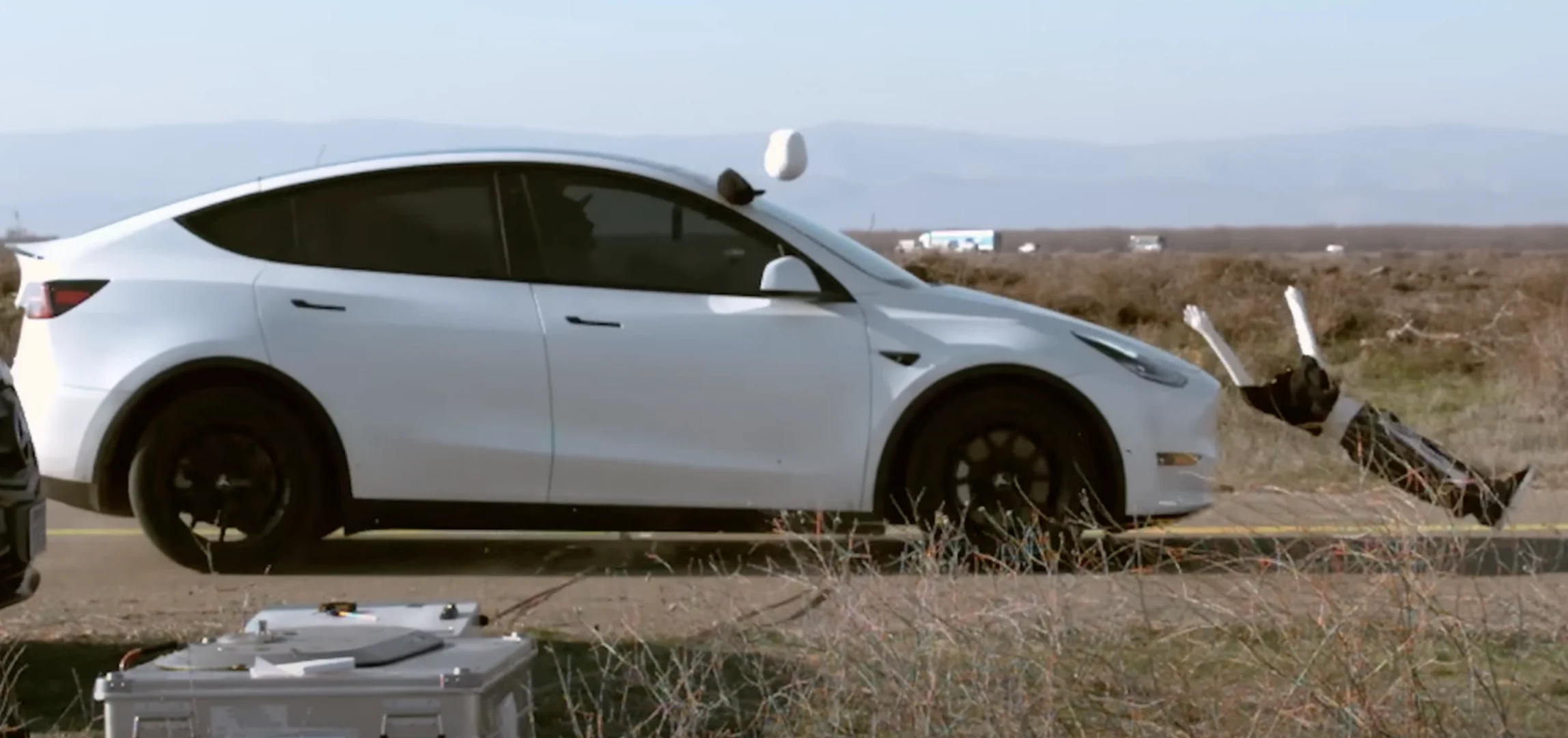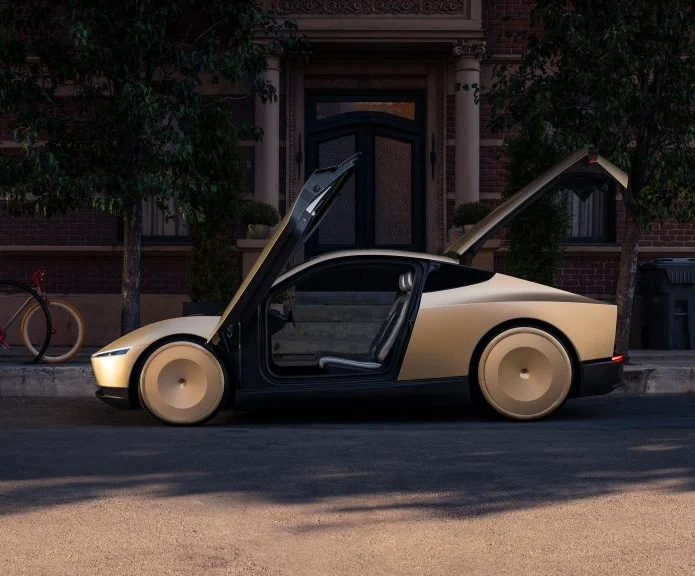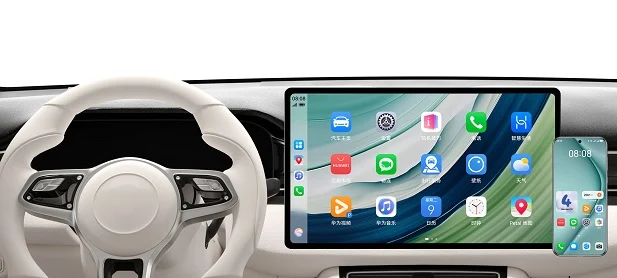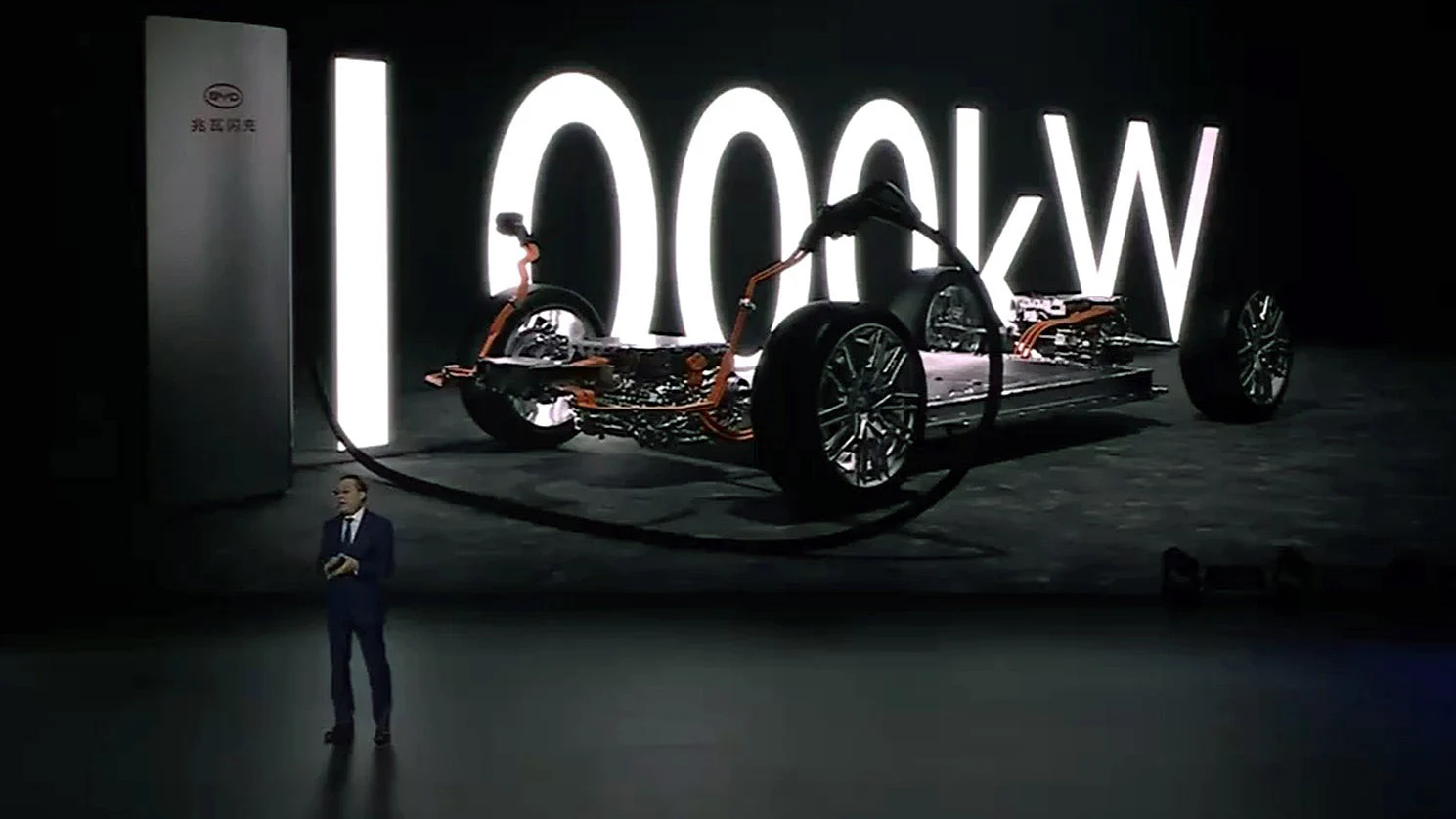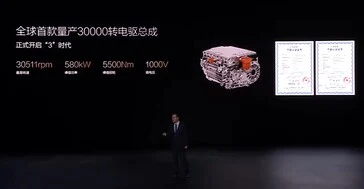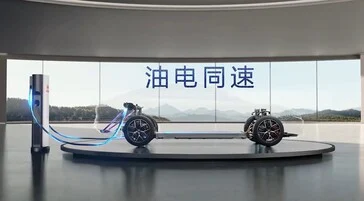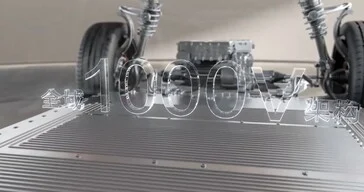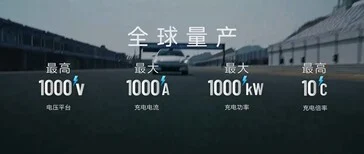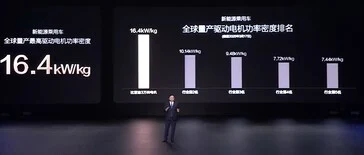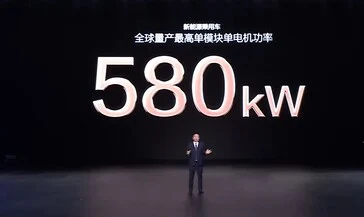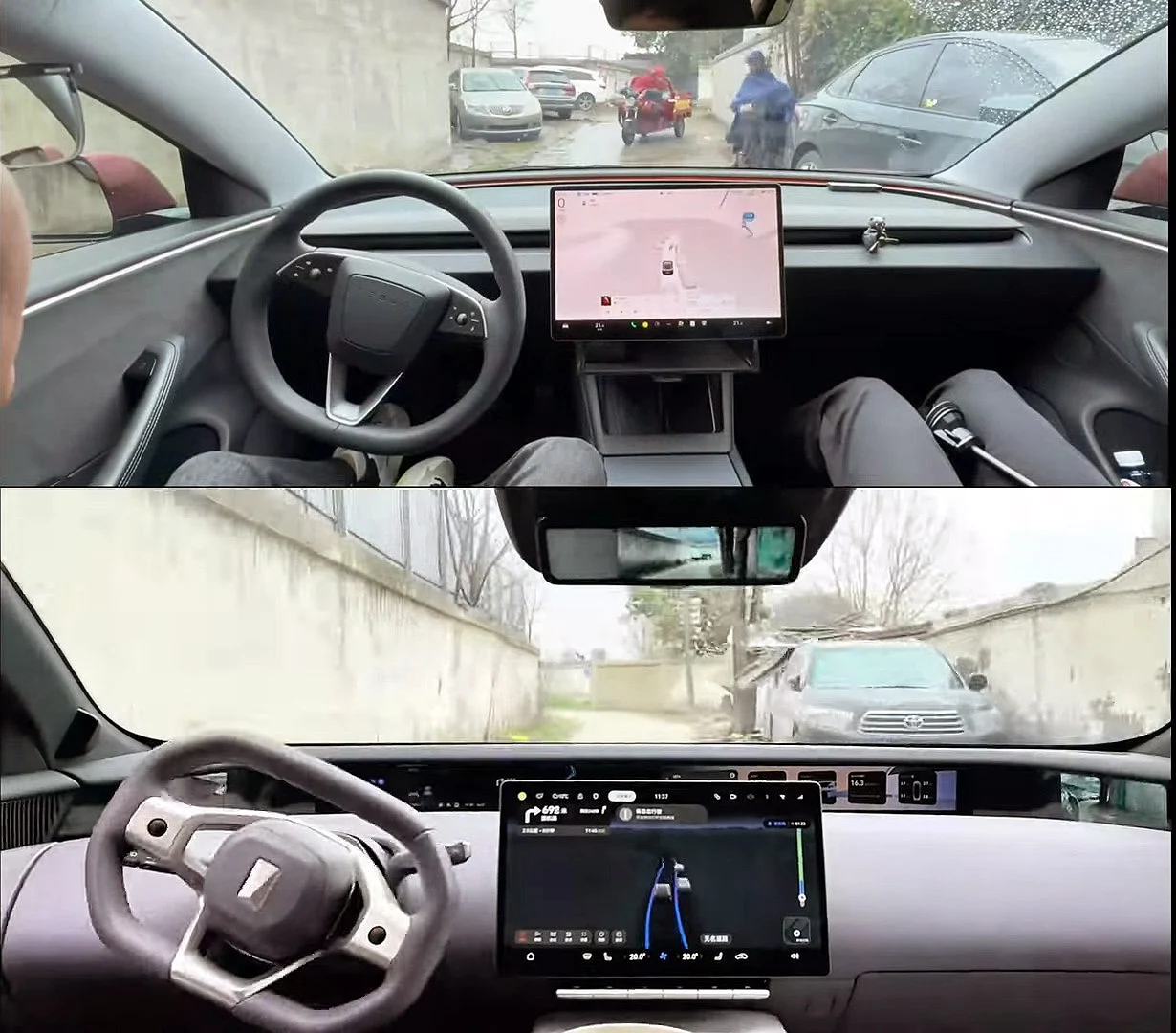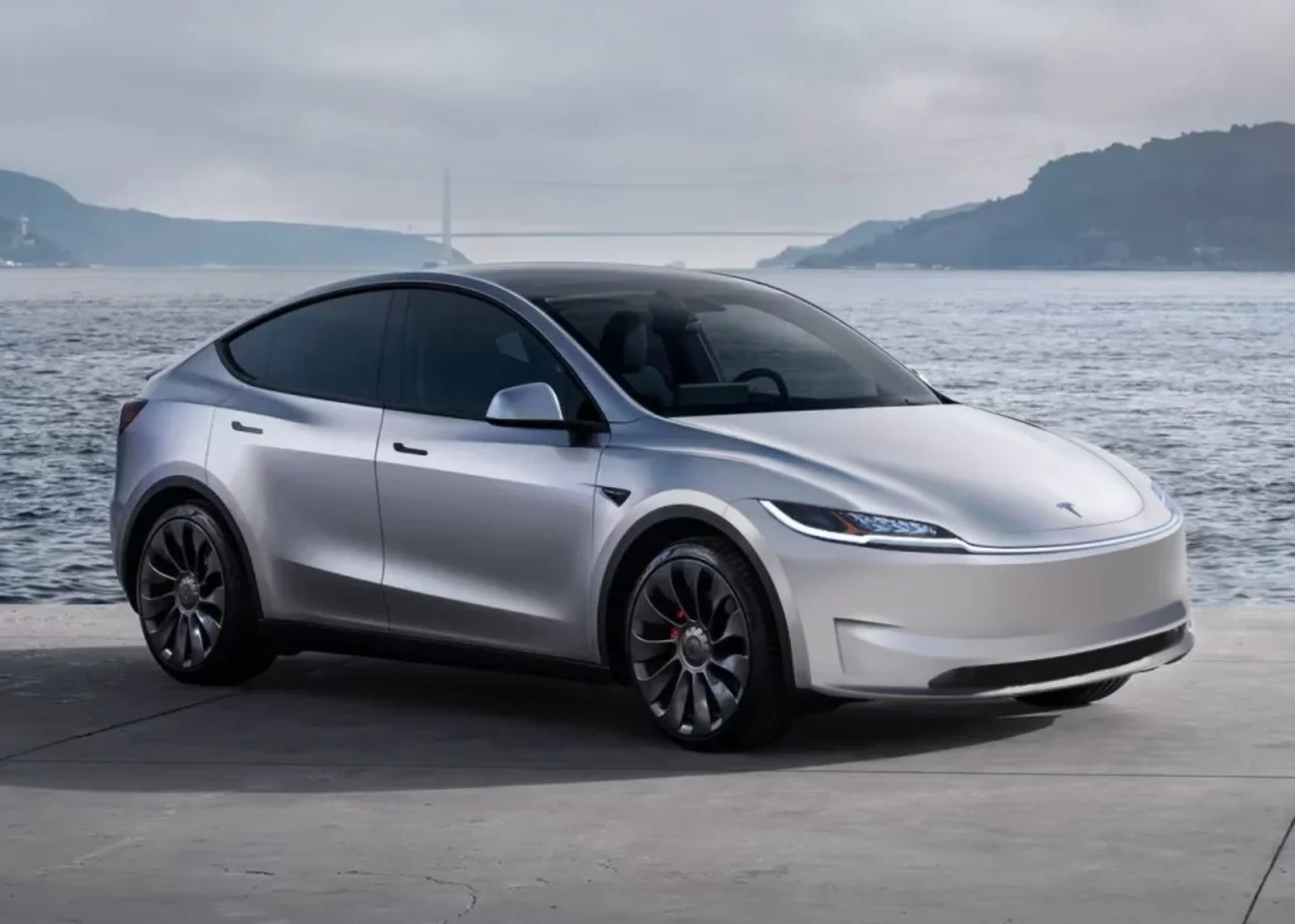Key Takeaways
1. Zeekr launches a free version of its Advanced Driver Assistance System (ADAS) to compete with Tesla’s paid Full Self-Driving feature.
2. The current system allows drivers to almost fully relinquish control but requires hands on the wheel until regulatory approval is obtained.
3. Zeekr’s technology utilizes two Nvidia Orin X chipsets and one lidar unit, with plans to introduce more advanced chips in the future.
4. The free ADAS version will be tested by a select group before a broader release in April, with no subscription fees during development.
5. Tesla is developing its own ADAS without lidar but offers a free one-month trial of its Full Self-Driving feature in China.
Zeekr may not be as well-known globally as Tesla, but it’s showing that it can hold its own in the market. The Chinese car manufacturer has made a bold move against Tesla’s paid Full Self-Driving (FSD) feature by launching a free version of its Advanced Driver Assistance System (ADAS).
Advanced Driving Features
Zeekr’s technology enables drivers to almost completely relinquish control of the vehicle on designated routes. However, for now, users must keep their hands on the wheel, similar to the requirements set by Tesla, as the company is still waiting for official regulatory approval.
The system uses two Nvidia Orin X chipsets along with one lidar unit. In the future, Zeekr plans to roll out the Nvidia Thor automotive chip, which includes one long-range and four short-range lidar units. This setup is specifically designed for the Chinese market, while vehicles intended for international sales will be equipped with different chips to meet local regulations.
Launch Plans
Zeekr intends to provide the free version to a select group for testing before it becomes broadly available in April. CEO Andy An mentioned that there’s no reason to start subscriptions while the ADAS is still being developed, and it’s hard to ignore the nod towards Tesla’s FSD, which comes with a hefty price tag of $8,850.
Tesla is also working on its own ADAS without using lidar, a component that An acknowledges raises costs but also improves safety. Meanwhile, Tesla is enticing drivers in China by offering a free one-month trial of its FSD.
Source:
Link

